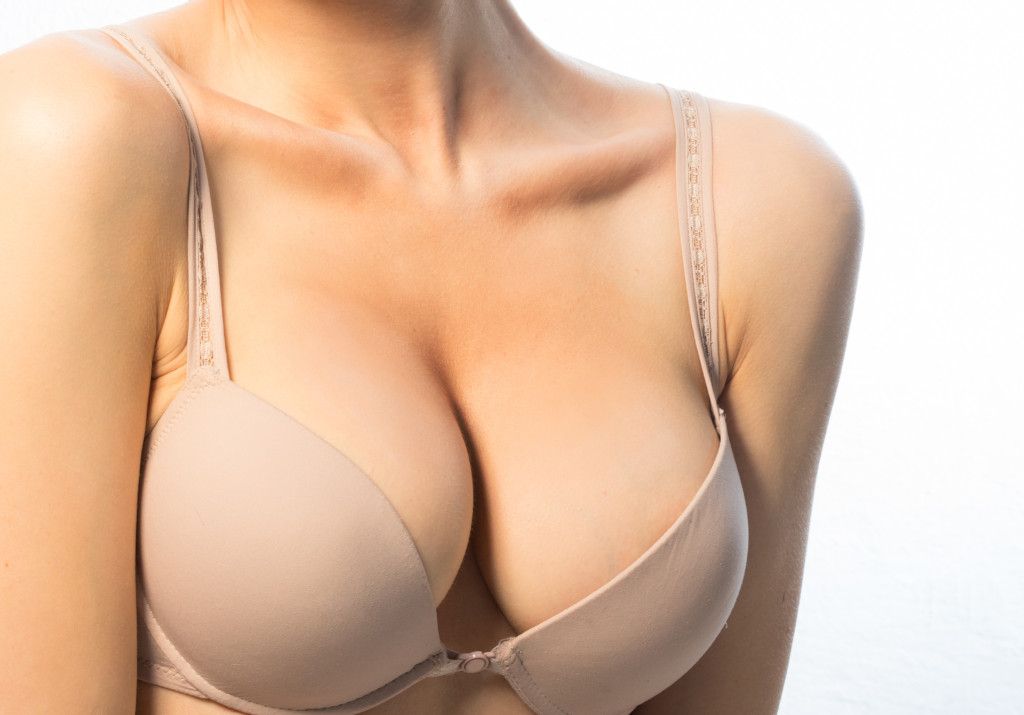- +302551023334
- despoinakakagia@yahoo.com
- Mon - Fri 17:00 - 23:00
Breast Reduction
Breast Services
BREAST REDUCTION
Large, heavy breasts may cause symptoms and distress, limiting the activities of everyday life. Back pain, skin irritation underneath the breasts, reduced feast strength and reduced sensitivity of the fingers and deep shoulder furrows caused by the bra are some of the symptoms that can be alleviated by breast reduction.

Indications:
- Large, over-sized, fully developed breasts
- Breasts too large for the patient’s figure
- The size and heaviness of the breasts affects daily routine
- Sagging breasts and nipples pointing downwards (due to pregnancy, weight loss, age)
- Back, neck and shoulder pain caused by the weight of the breasts
- Deep indentations from bra straps that support heavy, pendulous breasts
- Skin irritation beneath the breast crease, sometimes malodorous
- Differences in breast sizes (asymmetry).
Duration of the procedure: 3 – 4 hours depending on the preoperative findings
Type of anaesthesia: general anaesthetic
Inpatient treatment only
Operation
Before the operation, patient and doctor plan the optimal size of the breasts according to the patient’s wishes, taking into consideration the original shape and size of the breasts and the patient’s figure.
In order to reduce breast size, some part of the breast and fatty tissue as well as excess skin are removed. Usually a breast lift is performed at the same time, remodeling the breast tissue and raising the nipples. Ideally the height of the nipple position should be at approximately the middle of the upper arms. The areola, which is usually over-sized as well, is reduced to about 4 cm in diameter.
The method used for breast reduction varies depending on the preoperative situation. The foremost objective is to create symmetrical, round, smaller and firmer breasts by means of an incision that will produce minimally visible scars. For medium-large breasts the incision runs around the areola and then vertically down at the midline of the breast to the inframammary fold (Lejour technique). For considerably larger breasts, L-form or inverted T –form techniques ensure optimal cleavage.
After the operation:
Wear a support bra for 3 months
Sutures are removed after 2 weeks
Post-surgical wound care begins after suture removal
Avoid physical strain for 3 weeks
Avoid sports involving your arms for 2 – 3 months.


